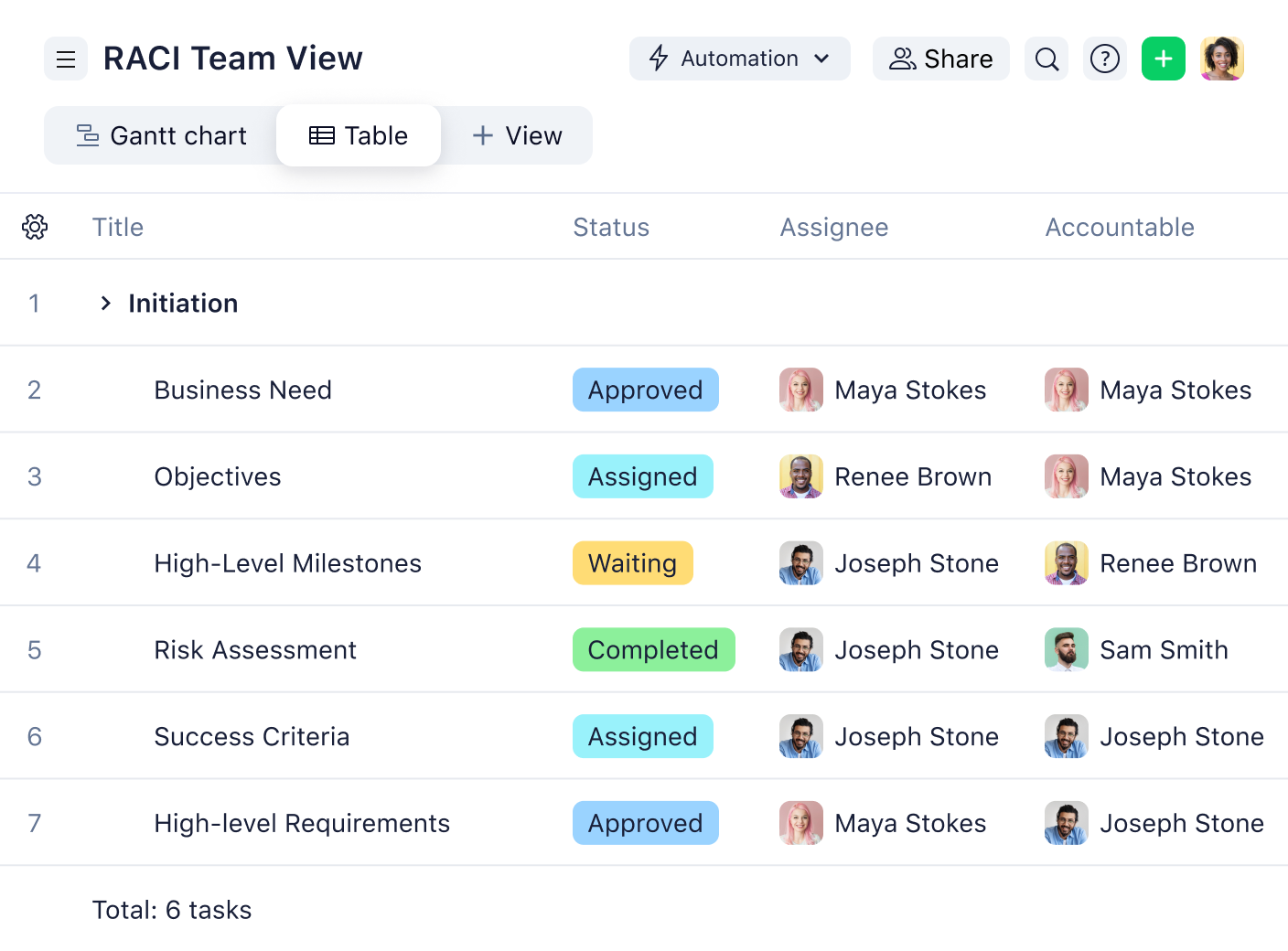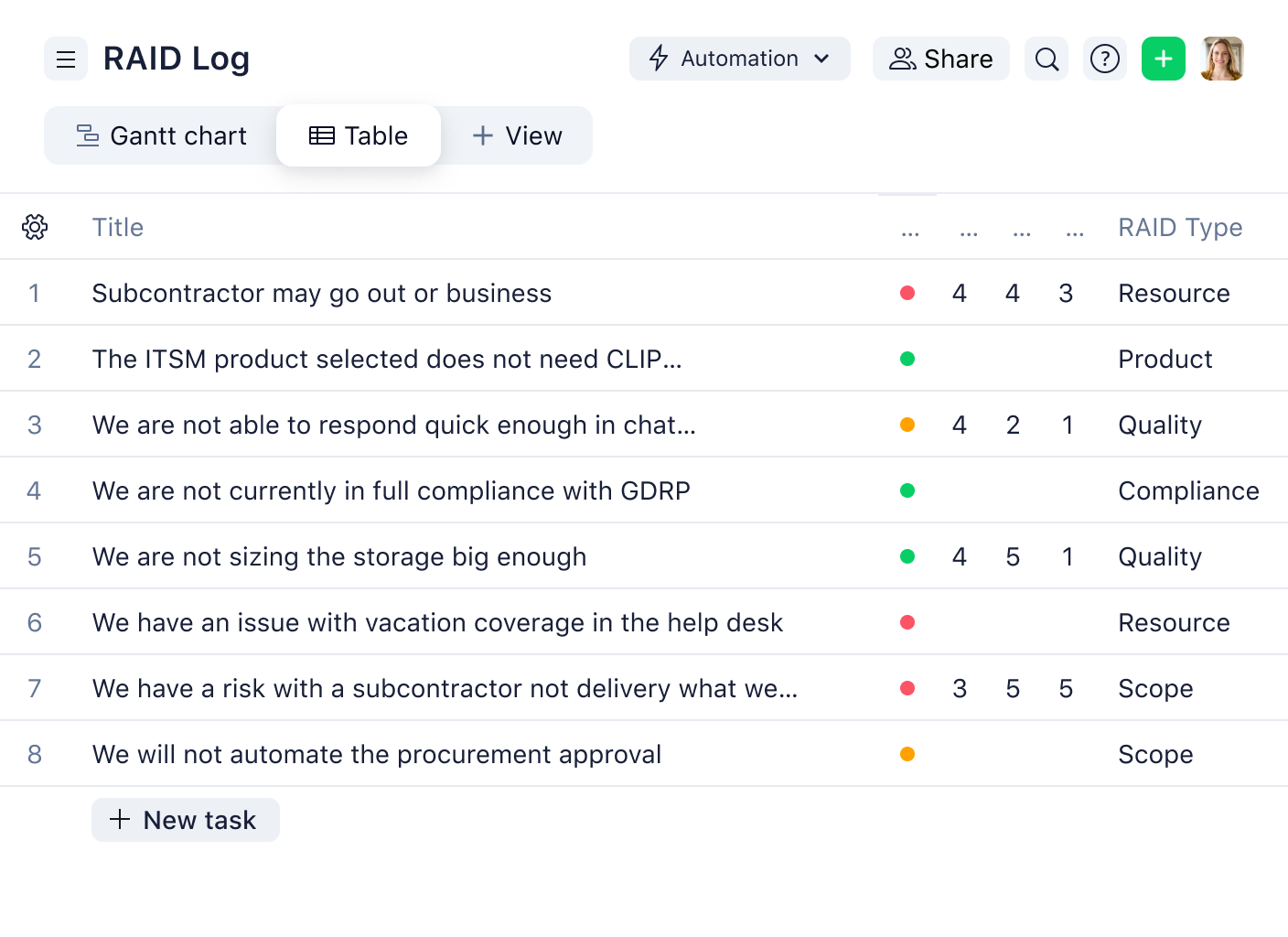What Are the Principles of Project Management?
Managing a project is no easy feat but, if done correctly, it can catapult your team to success across diverse industries and sectors. By adhering to a set of well-established principles, project managers can effectively navigate the complexities of planning, organizing, and executing projects, just as an experienced sailor navigates a choppy sea.
In this article, we delve into the essential project management principles and practices, shedding light on their significance and offering valuable insights to both seasoned professionals and those new to the field.
If you’re serious about accomplishing all your project goals and objectives and producing a polished deliverable at the very end, this guide’s for you.
Before we begin, you can unlock a free trial with Wrike right away to make the best of project management in one platform.
What are the principles of project management?
The principles of project management are the fundamental rules that should be followed for the successful management of projects. The Project Management Book of Knowledge (PMBOK) does not currently contain an official list of principles for successful projects.
However, PMI’s annual pulse survey highlights the principles that successful project managers and companies are following. Here are the nine principles of project management:
- Formal project management structure
- Invested and engaged project sponsor
- Clear and objective goals and outcomes
- Documented roles and responsibilities
- Strong change management
- Risk management
- Mature value delivery capabilities
- Performance management baseline
- Communication plan
Let’s take a look at each one of these project principles in a bit more detail.
1. Formal structure
The first project management principle is a formalized structure. Every project needs one, and it must include processes, procedures, and tools. If you’ve ever tried to complete a project without a formalized structure (“off the books”), you know how hard it can be to control it and provide the attention it deserves. A project should have a project charter, project plan, and a designated project management team to successfully prioritize and carry out each phase.
2. Project sponsor
A well-defined project also relies on an effective project sponsor to be successful. Sponsors champion your project and act as spokespeople to other executives. Having an engaged sponsor makes it easier to communicate progress, particularly in the face of a looming deadline. If a delay surfaces, the project sponsor can escalate issues and alert stakeholders of the status of the project deliverables.
3. Goals and outcomes
Without precise requirements and approval criteria, it will be difficult to measure project performance and success. You may think that your final product does everything requested, only to have the customer or user complain that you left out a critical component. One of the most common factors behind failed projects is a lack of clear goals and objectives. Project requirements and approval criteria should be determined and documented at the beginning of the project. These must be reviewed and approved by all key stakeholders, including the sponsor and customer.
4. Roles and responsibilities
To assist with accountability, two forms should be used to document and define the roles and responsibilities of everyone involved with a project. For project team members, RACI or RASCI is used to determine duties and expectations. RASCI stands for:
- R: Responsible
- A: Accountable
- S: Sign-off authority (not always used)
- C: Consulted
- I: Involved
In a RACI chart, team members are listed along the top, with tasks along the sides. Each member is assigned a letter (R, A, C, and I) according to their role for each job. A stakeholder register documents stakeholders outside the primary team, as well as important information such as the following:
- Communication preferences (type and frequency)
- Contact information
- Level of influence on the project
- Engagement level with the project
- Their role within the company
- Other relevant details or notes


5. Management of project changes
A project needs a well-defined scope to ensure the outcome meets customer expectations and quality standards. Without strong change management, a project could suffer from scope creep and gradually grow beyond the initial project guidelines.
To give an example, team members or stakeholders may want to add additional features to a product. However, if you don’t carefully control changes, you could end up with a product that exceeds the budget and project timeline.
6. Risk management
Since we cannot execute projects in a bubble, they all face some risks. Risk can affect your resources, technology, or processes. It’s important to manage risk to minimize or eliminate its impact on your projects. Take care to identify, evaluate, and monitor all risks. Then, prepare action plans to mitigate these potential threats if they do occur.


7. Value delivery capabilities
Your value delivery capabilities are the project tools, processes, and procedures that help you deliver value to your customers. This can include your project systems, like your scheduling software. It may also include your processes, such as using an Agile project methodology (check out our Kanban boards and Scrum guide for more details).
If you take the time to establish and test approaches for delivering successful projects, you’ll be better equipped than if you’re starting from scratch. The more mature your processes and procedures, the more likely your project will be a success.
8. Performance management baseline
Projects typically have three basic components: cost, schedule, and scope. Each of these components should have a baseline or plan against which performance can be measured. When these baselines are integrated, it’s called a performance management baseline — then, if you have a change in any one of these components, its impact will be reflected in the others.
Say you have a project scope change. With your performance management baseline, you can see how this will impact your project schedule and cost, allowing you to better monitor the overall effect of changes on a project. A performance management baseline improves decision making, as you can view the whole picture and identify all impacts of potential decisions.
9. Communication
If you’ve worked in project management for a while, you may have heard the saying that project management is 90% communication. A project’s success requires communication of project objectives, activities, risks, issues, and status, both within the project team and with other stakeholders. Communication is essential for a variety of reasons, including:
- Keeping stakeholders engaged
- Coordinating tasks, milestones, and schedules
- Decision making and problem solving
- Identifying and resolving conflicts
- Escalating risks and issues
Master project management principles with Wrike
From initiating a project with clear objectives to effectively managing risks, fostering communication, and promoting collaboration, project management principles provide a solid roadmap for success. However, a roadmap is nothing without a vehicle that gets you to your destination.
Wrike offers a wide range of features that align perfectly with the above project management concepts. From project templates to real-time collaboration and resource allocation, Wrike empowers teams to execute projects efficiently while staying true to the fundamental principles that underpin effective project management.
Want to explore how Wrike can revolutionize your project management? Make successful project planning and execution a priority — start your free two-week trial today.

Artem Gurnov
Artem is a Director of Account Development at Wrike. He previously held the role of Project Manager, overseeing a team of customer success managers (CSMs). Over the years of building teams and scaling business processes, he has successfully deployed multiple projects, from automating client outreach to setting up work prioritization tools for sales reps and CSMs.


